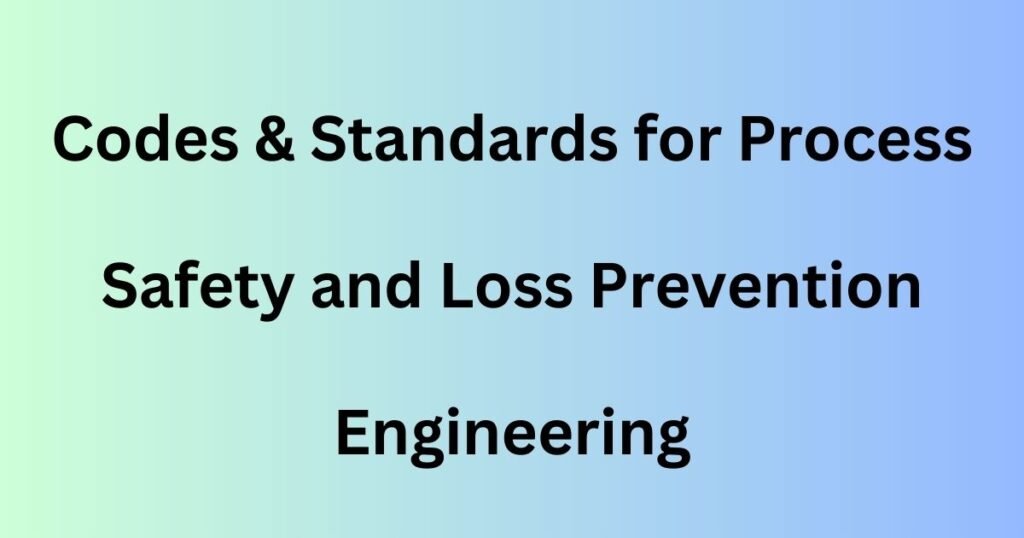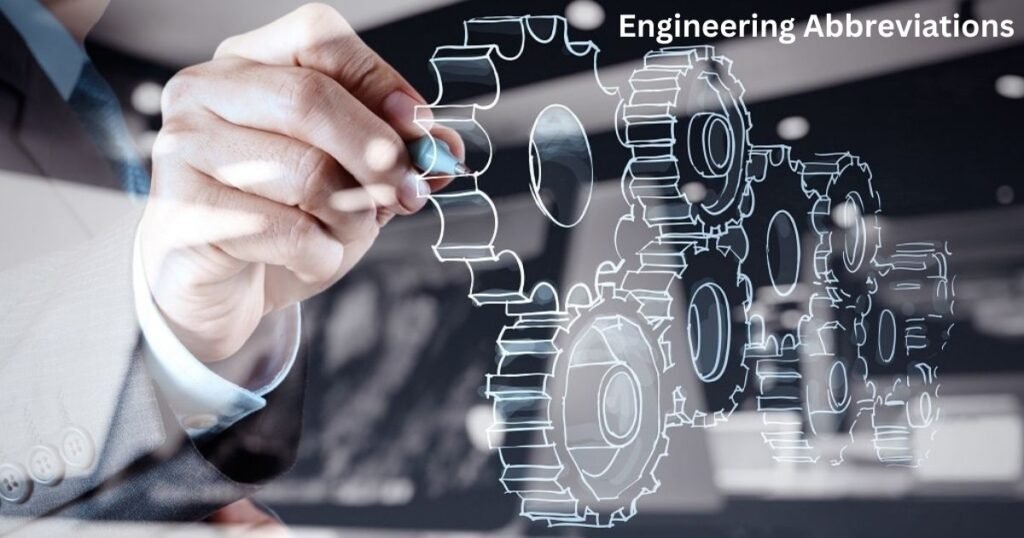In the high-risk world of oil and gas, safety is not just a checkbox—it’s the foundation of every successful project. One of the most powerful tools in managing safety is QRA, or Quantitative Risk Assessment.
In this guide, we’ll explain what QRA is, why it’s essential, and how it adds value in oil & gas projects. Whether you’re an HSE engineer, project manager, or part of the EPC decision-making team, this article will help you understand why QRA deserves your attention.
🔍 What is QRA?
Quantitative Risk Assessment (QRA) is a detailed, data-driven method used to identify and quantify the risk posed by hazardous events. It helps assess:
- Likelihood of incidents like fire, explosion, or toxic gas release
- Consequences in terms of injuries, fatalities, and environmental impact
- Individual and societal risk exposure
- Recommendations to reduce risk to ALARP (As Low As Reasonably Practicable)
✅ Common Software Tools:
🚨 Why QRA is Critical in Oil & Gas Projects
1. High Hazard Operations
Oil and gas facilities handle flammable, explosive, and toxic materials. QRA helps predict worst-case scenarios and ensures design mitigation.
2. Regulatory Compliance
Authorities in India and abroad require QRA as part of:
- Environmental Clearance (EC)
- Major Accident Hazard (MAH) licensing
- Safety Reports and SEZ project approvals
3. Design Risk Reduction
QRA supports smarter engineering by optimizing:
- Plant layout and equipment spacing
- Control room location
- Blast walls and gas detectors
4. Cost-Effective Safety
QRA reduces both over-design (wasting money) and under-design (inviting accidents), which leads to:
- Lower CAPEX
- Optimized OPEX
- Fewer shutdowns
5. Stakeholder Confidence
QRA results—like risk contours and FN curves—help communicate safety effectively with:
- Internal decision-makers
- Local authorities
- Communities
📊 What’s Inside a QRA Report?
- Process Overview
- HAZID (Hazard Identification)
- Consequence Modeling (jet fire, BLEVE, pool fire, toxic dispersion)
- Frequency Estimation
- Risk Contours (Individual Risk, Location-Specific Risk)
- FN Curve (Societal Risk)
- Risk Mitigation Measures
🛠️ When Should You Perform a QRA?
- During FEED (Front-End Engineering Design)
- Before commissioning
- During Management of Change (MOC)
- After major incidents or near-misses
📈 Real Project Example
🔍 Case Study:
In a petrochemical complex in Gujarat, a preliminary QRA indicated that the planned control room was within the 0.1 bar overpressure zone—posing a fatal risk during a potential vapor cloud explosion.Based on this, the control room was relocated, which cost just ₹12 lakhs. But it avoided a potential disaster and over ₹20 crores in losses.
📞 Looking for Expert QRA Support?
👉 Contact us for customized QRA studies, safety consulting, and project-specific risk solutions.
🧠 Expert Insight
“QRA is not just a report—it’s a mindset. It tells you where your biggest risks lie, so you can protect what matters most: life, assets, and reputation.”
— Nitin Jadhav, Process Safety Expert
📷 What a QRA Output Looks Like
(Insert sample visuals here if available)
- Risk Contour Map: Showing individual risk zones
- FN Curve Graph: Showing potential fatality impact
If you’d like sample visual templates, let me know—I can generate mockups for your site.
❓ Frequently Asked Questions (FAQ)
Q1: Is QRA mandatory in oil & gas projects?
A: Yes. Regulatory bodies like the MoEF&CC and state pollution boards often mandate QRA for environmental clearance and project licensing.
Q2: How long does a QRA take?
A: On average, 2–6 weeks depending on project size and data availability.
Q3: What is the difference between QRA and HAZID?
A: HAZID is qualitative and identifies risks. QRA is quantitative and calculates them.
Q4: Who can conduct QRA?
A: QRA should be done by experienced process safety professionals using industry-approved tools like PHAST and Safeti.
🚀 Final Thoughts
In the oil & gas industry, risk is real—but it can be measured, managed, and minimized. That’s the power of QRA.
Whether you’re planning a refinery, LNG terminal, offshore platform, or chemical storage yard, investing in a professional QRA ensures that safety, compliance, and cost-efficiency go hand in hand.
✅ Your project deserves safety by design.
📩 Reach out now for expert QRA support from trusted professionals.


